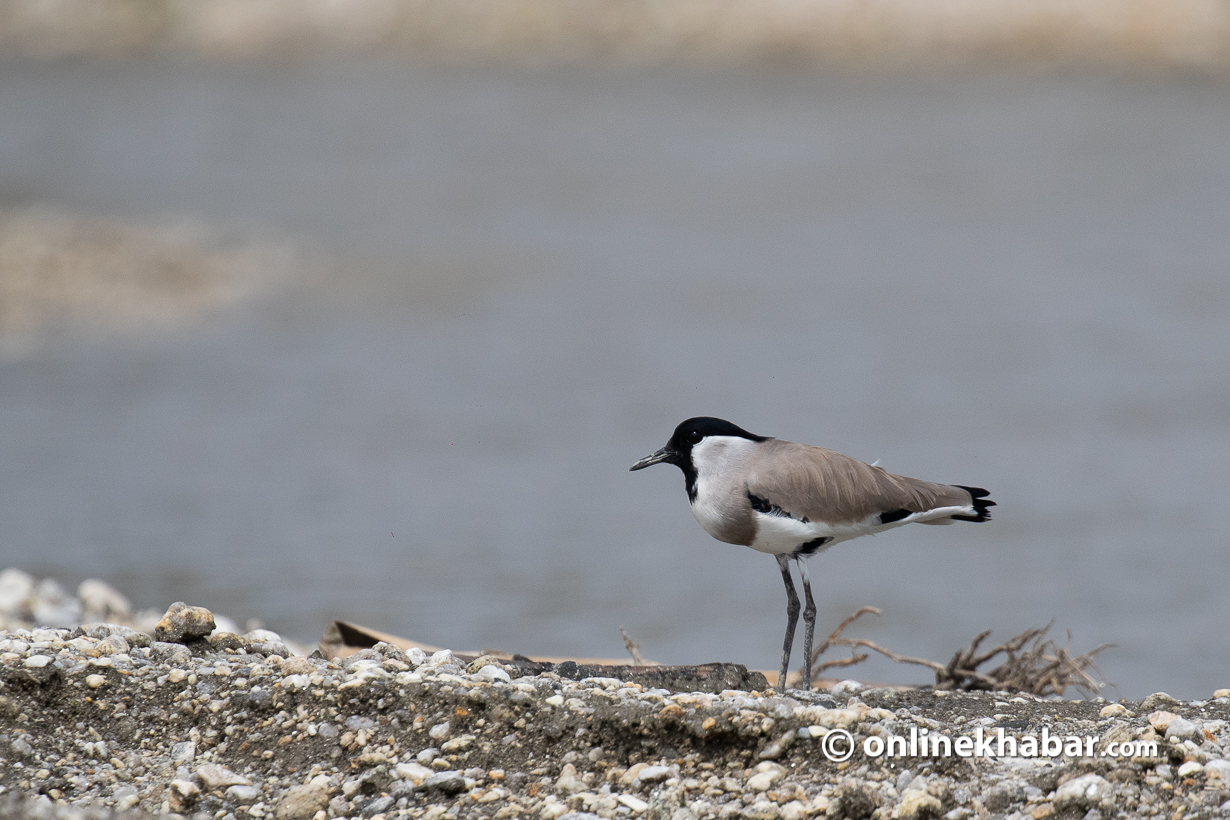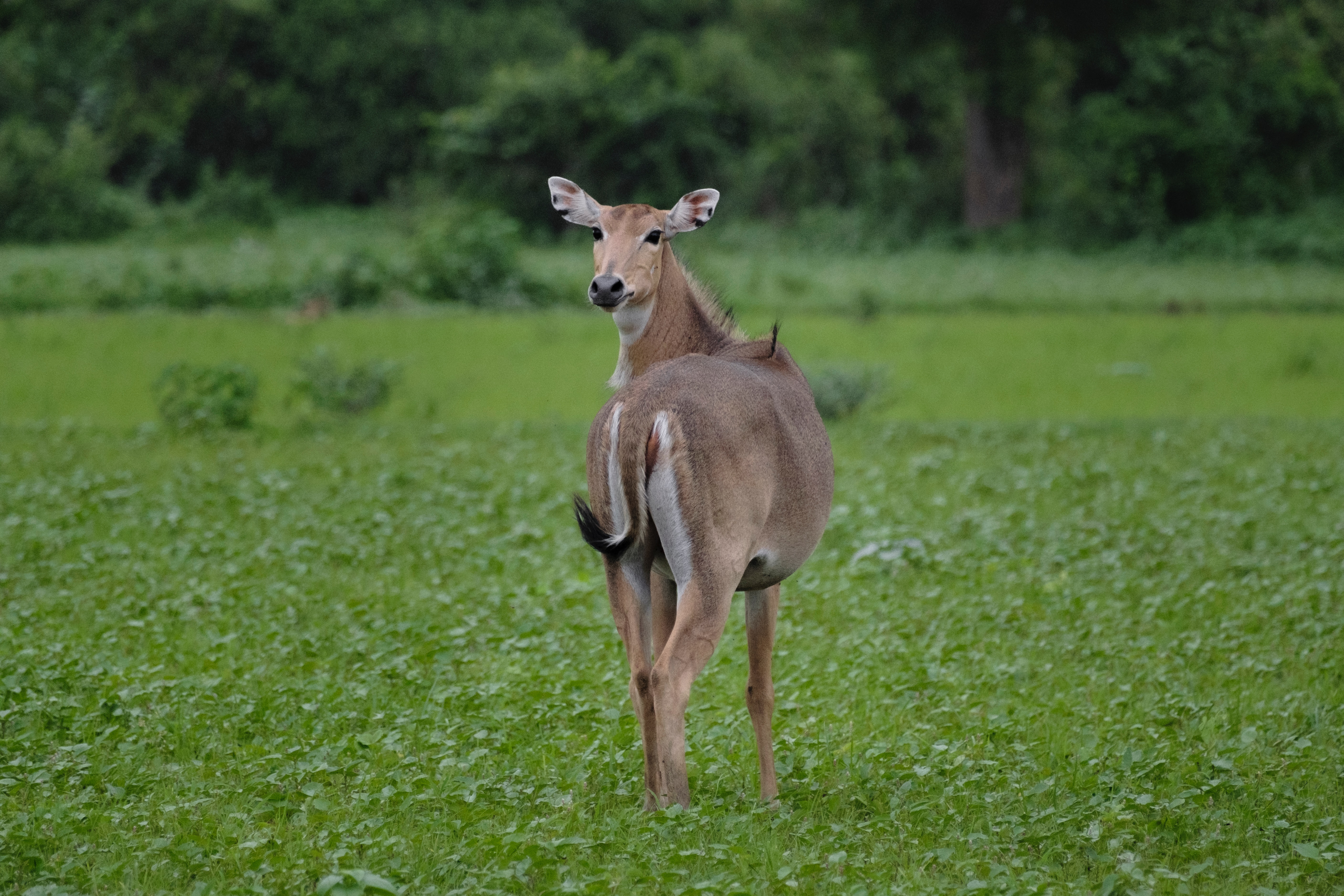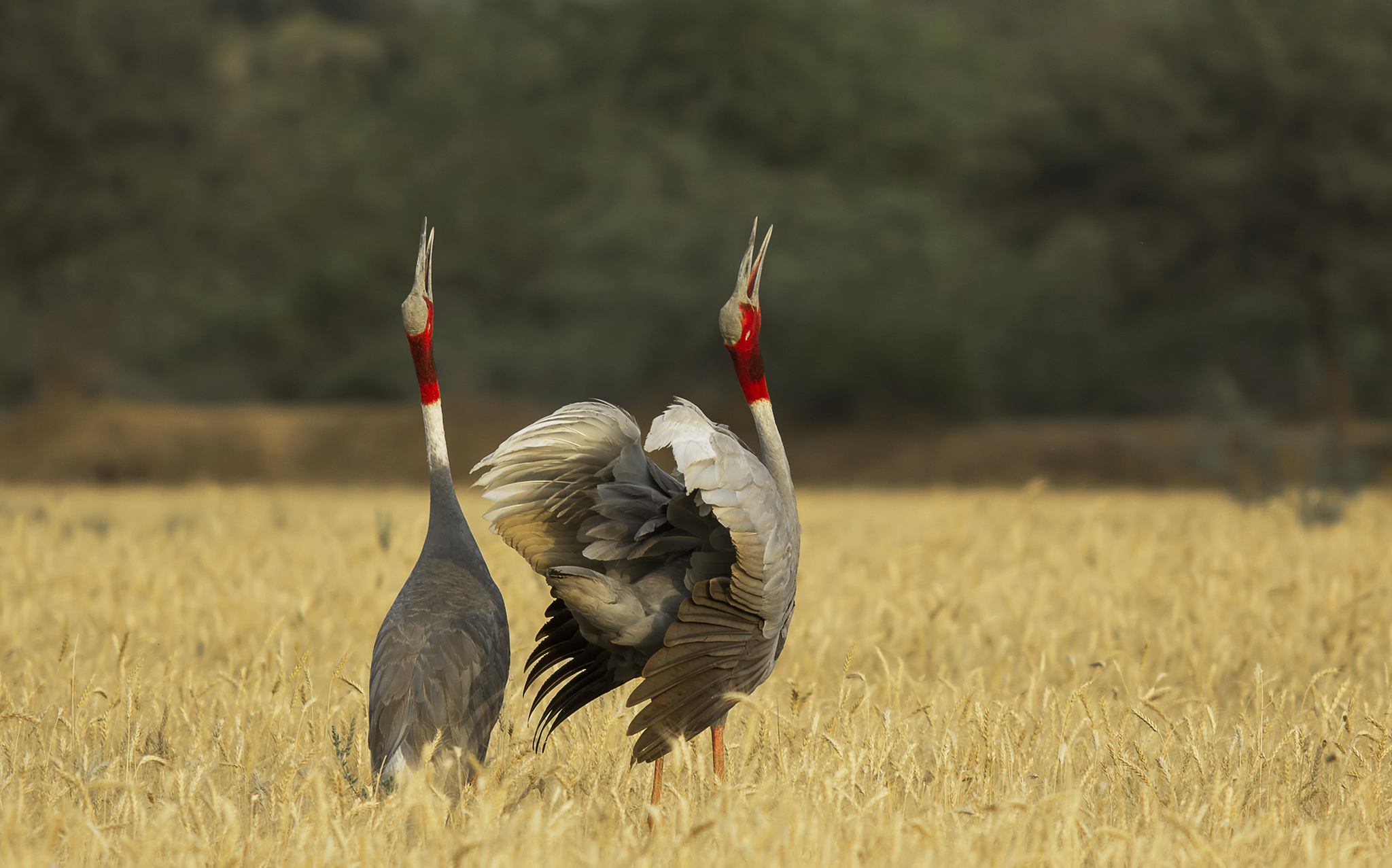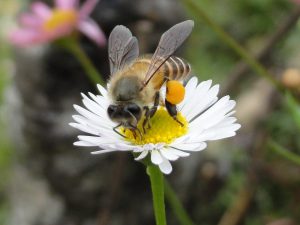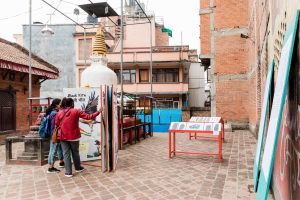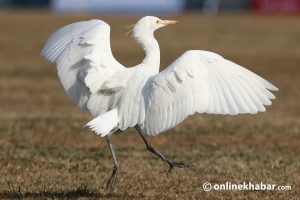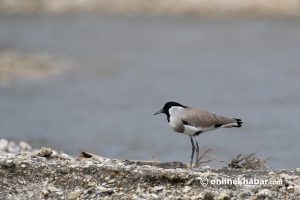Even free-flying birds in the sky rely on the earth for their life. This earth has made life possible not only of those who are struggling on the land but also those who are flying high in the sky.
If you walk along the Manohara river of the Kathmandu valley in the autumn, you can see many birds which have come here foraging for food. The chirping of the very birds gives birdwatchers the impression of peace and beauty and ultimate pleasure.
After weeks of tireless efforts, here I bring you some pictures of these birds that I shot with my camera on the banks of the Manohara.
1. Kotero/Spotted munia (Lonchura punctulata)
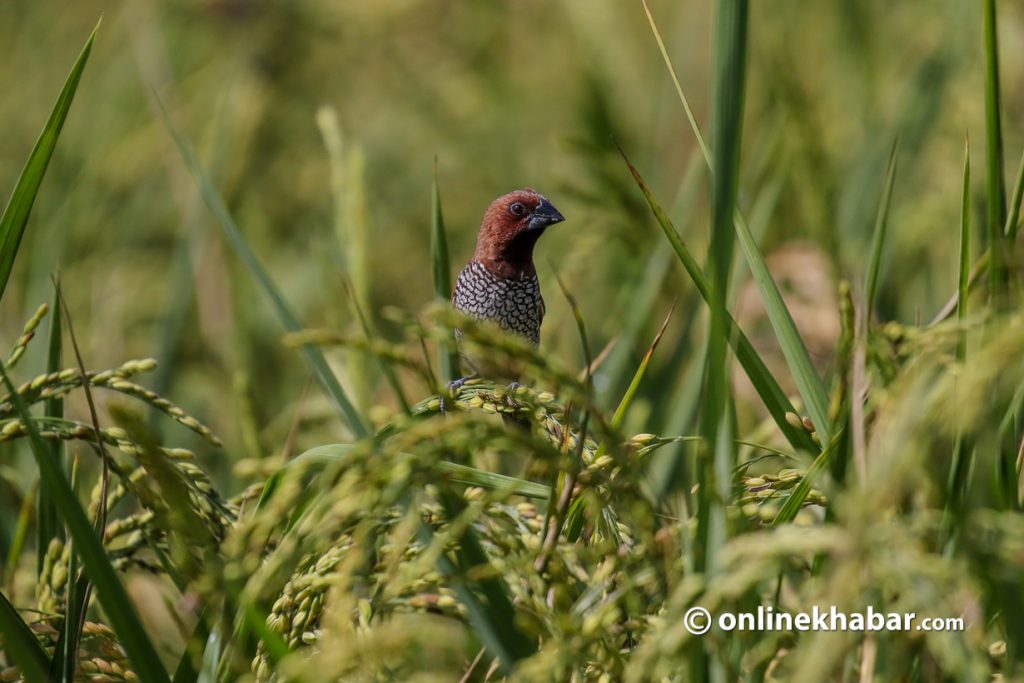
This is a small and beautiful bird that mostly enjoys in grasslands, garden areas or fields. Its body colour changes as it gets older. As the bird matures, its body develops into dark grey and its underparts into white.
This bird lives in small flocks. It is said to be a native of South Asia, this species has also been seen on the beaches of California, San Jose and San Diego till date.
2. Bastu bakulla/ Cattle egret (Bubulcus ibis)
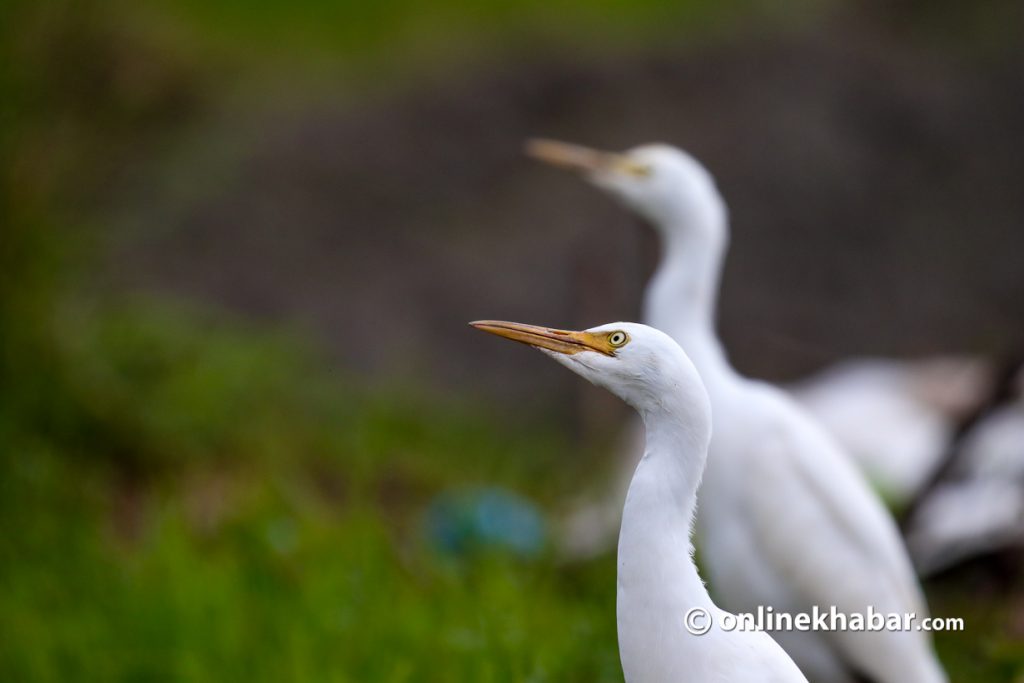
This deep white bird is short and has a hunched posture. The feathers are deep white and grey.
In the breeding season, its head and back feathers turn orange or red. Also, its round eyes and beak also turn orange and red. Males and females have slightly different colours. This species, which is especially found in Asia, Europe and Africa, is also known as a peace-loving bird.
3. Prashant sarsari/ Pacific golden plover (Pluvialis fulva)
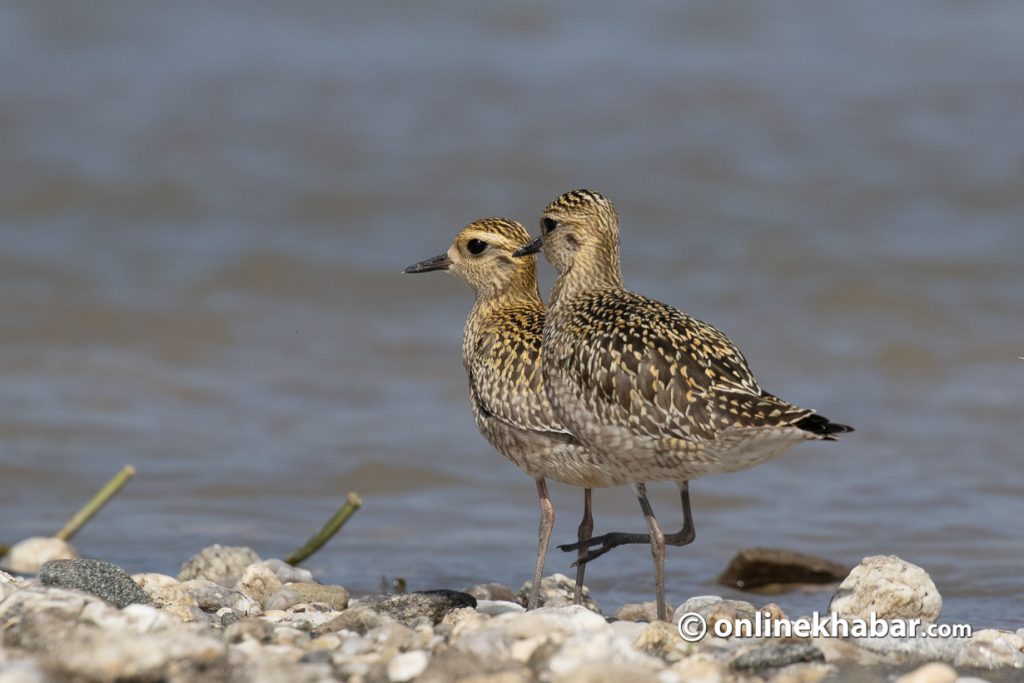
The Pacific golden plover is similar to the American golden plover.
This bird is found in places and countries ranging from California, Hawaii to the countries of Northeast Africa and Asia.
4. Kalo jhyapsi/ Pied bush chat (Saxicola caprata)
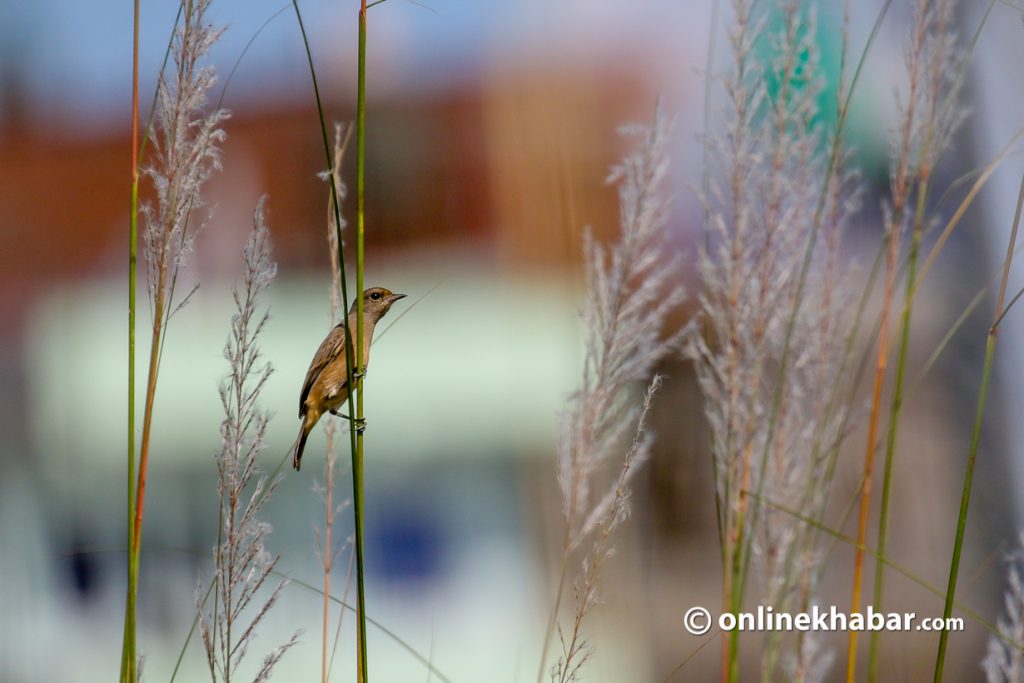
Pied bush chat can be found mainly from West Asia and Central Asia to the Indian subcontinent and Southeast Asia.
Divided into about 16 subspecies, the species is a well-known bird that majorly enjoys in rural or open grasslands. Birds of this species especially build nests on walls. Their nests are made from grass and animal hairs/fur.
5. Asakote bakulla/ Indian pond heron (Ardeola grayii)
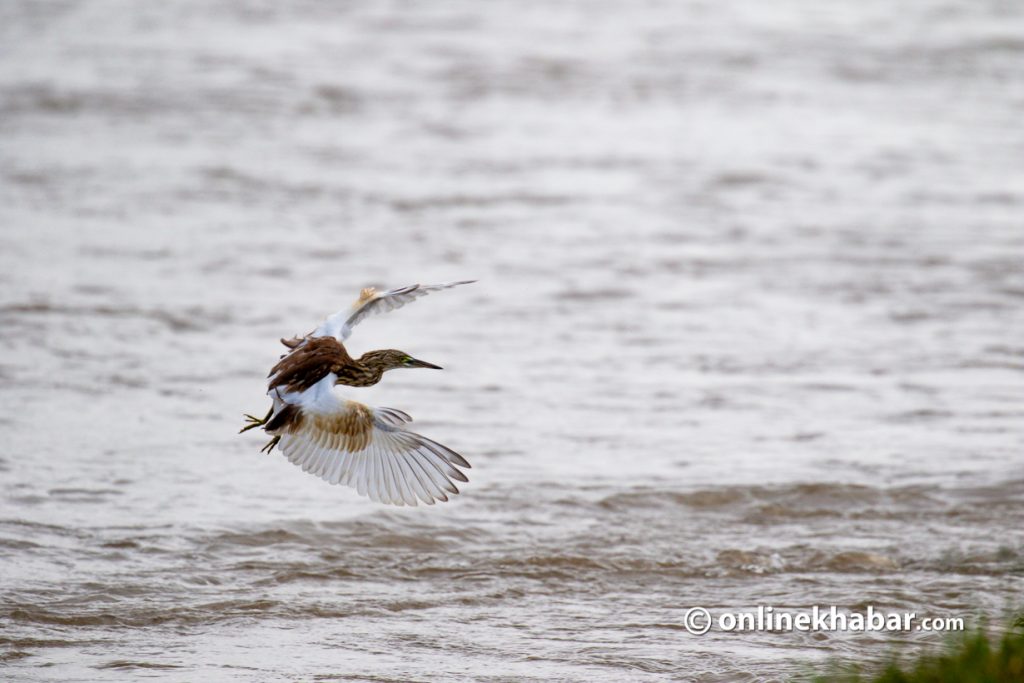
This species is found in most of the aquatic habitats of the Indian subcontinent. The birds of this species become dark red and grey as they become adults. The bird originated in Africa, Europe, and Asia, and spread throughout the world via Iran in the south.
In the east, Pakistan, India, Burma, Bangladesh, and Sri Lanka are considered suitable breeding grounds for this bird. The breeding season of this bird is from June to September.
6. Hutityaaun/ Red-wattled lapwing (Vanellus indicus)

This bird has long legs. Its major characteristic is that it gets tired for a while after wading across the river banks and goes to the river to drink water. It is said that when it sees the shadow of the sky in the water while drinking water, he would sleep on its back and show its feet towards the sky. That is why it is believed that a saying “can the lapwing support the sky?” was established.
7. Seto tiktike / White wagtail (Motacilla alba)
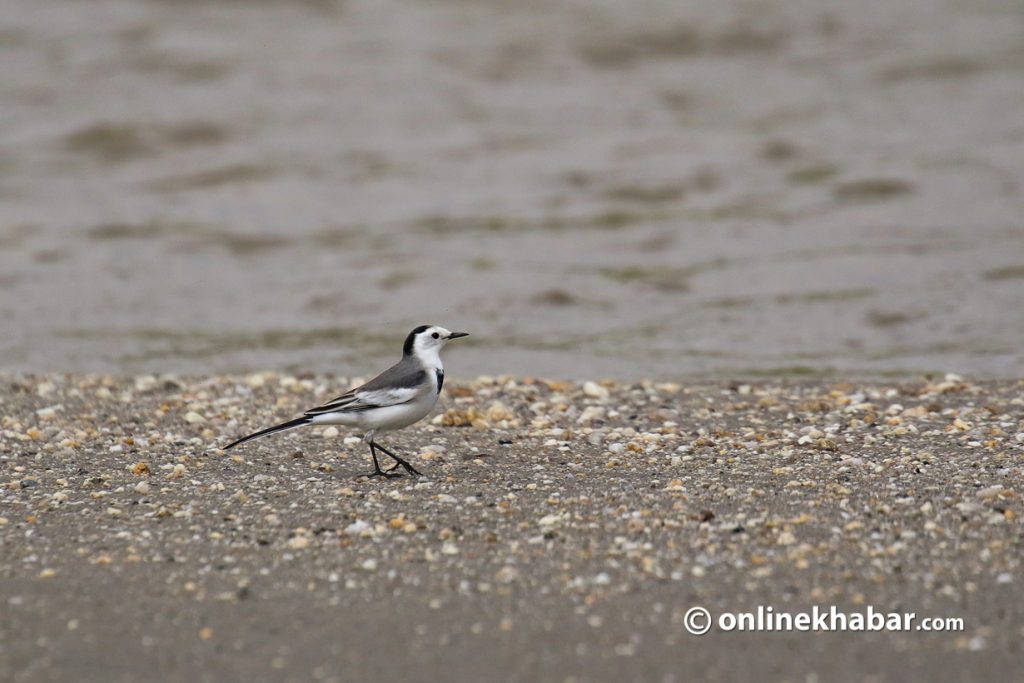
White wagtail has a combination of black, white and grey. This species of bird can be found in different parts of the world in a wide variety of colours. This bird forages at grasslands and open fields and river banks for its food.
8. Phirphire / Zitting cisticola/ Streaked fantail warbler (Cisticola juncidis)
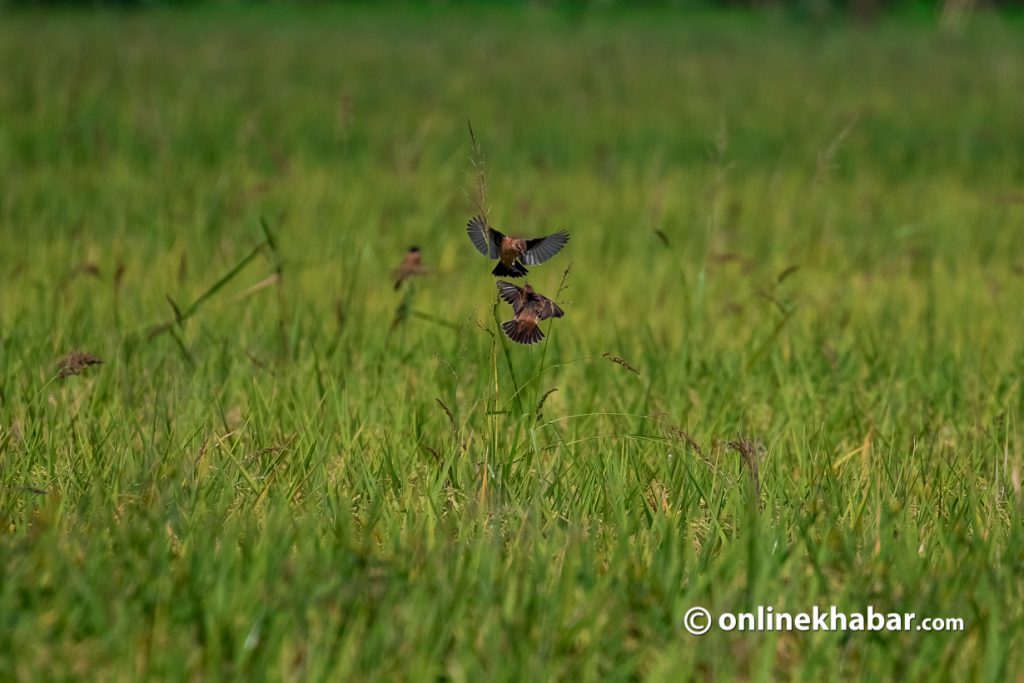
Zitting cisticola, which is about 10 to 12 cm long, is a species of bird found in Nepal. It also forages for food at open grasslands and crop fields.



